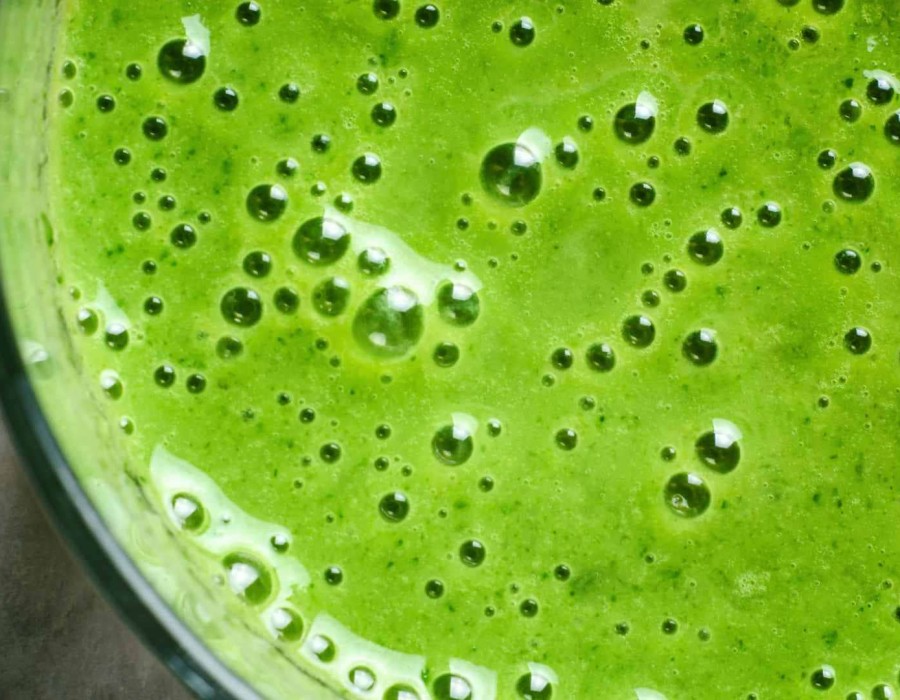Introduction:
Flavor enhancers play a crucial role in the world of culinary arts, food production, and gastronomy. These additives are designed to elevate and intensify the taste of food, creating a more enjoyable and memorable eating experience. In this article, we will explore the fascinating world of Flavour Enhancer, examining their origins, mechanisms, common types, and the impact they have on the foods we love.
1.Understanding Flavor Enhancement:
Flavor enhancers are substances that, when added to food, intensify the existing taste without contributing a distinct flavor of their own. They work by stimulating the taste receptors on the tongue, enhancing the overall perception of sweetness, saltiness, sourness, and umami. The goal is to achieve a more balanced and robust flavor profile.
2.Common Types of Flavor Enhancers:
a. Monosodium Glutamate (MSG):
MSG is perhaps the most well-known flavor enhancer. It is a sodium salt of glutamic acid, an amino acid naturally found in many foods. MSG imparts umami, often described as a savory or meaty flavor, and is commonly used in Asian cuisine.
b. Inosinate and Guanylate:
These flavor enhancers are often used in conjunction with MSG to boost the overall effect. Inosinate and guanylate enhance the perception of saltiness and umami, and they are frequently found in processed foods, snacks, and savory dishes.
c. Nucleotides:
Nucleotides, such as disodium 5'-ribonucleotides, are natural compounds that synergize with other flavor enhancers to create a more complex taste profile. They are commonly used in soups, sauces, and savory snacks.
3.Natural vs. Synthetic Flavor Enhancers:
Flavor enhancers can be derived from natural sources or synthesized in a laboratory. While some purists prefer natural enhancers like herbs and spices, synthetic ones are often more potent and cost-effective. Striking a balance between the two is crucial for achieving the desired flavor without compromising on quality.
4.Applications in the Food Industry:
Flavor enhancers are extensively utilized in the food industry to improve the taste and palatability of a wide range of products. From savory snacks and ready-made meals to sauces and condiments, these additives help maintain consistency and appeal to diverse consumer preferences.
5.Controversies and Considerations:
a. MSG and the "Chinese Restaurant Syndrome":
The safety of MSG has been a subject of debate, with some individuals reporting symptoms such as headaches and nausea after consumption. However, scientific studies have not consistently supported these claims, and MSG is generally recognized as safe when consumed in moderate amounts.
b. Balancing Act:
While flavor enhancers can elevate the taste of food, it's essential to use them judiciously. Overreliance on these additives can lead to a loss of appreciation for natural flavors and potentially compromise overall health.
6.Future Trends and Innovations:
As culinary trends evolve and consumer preferences change, the food industry continues to explore new and innovative ways to enhance flavors. This includes the development of natural flavor enhancers, bioactive compounds, and technologies that enhance taste perception without relying heavily on traditional additives.
Conclusion:
Flavor enhancers represent a dynamic aspect of the culinary world, contributing to the diversity and richness of our food experiences. Understanding the science behind these additives, their types, applications, and potential controversies allows consumers and food professionals to make informed choices, ensuring that the quest for flavor enhancement aligns with both taste preferences and health considerations.
For More Info:-





Comments